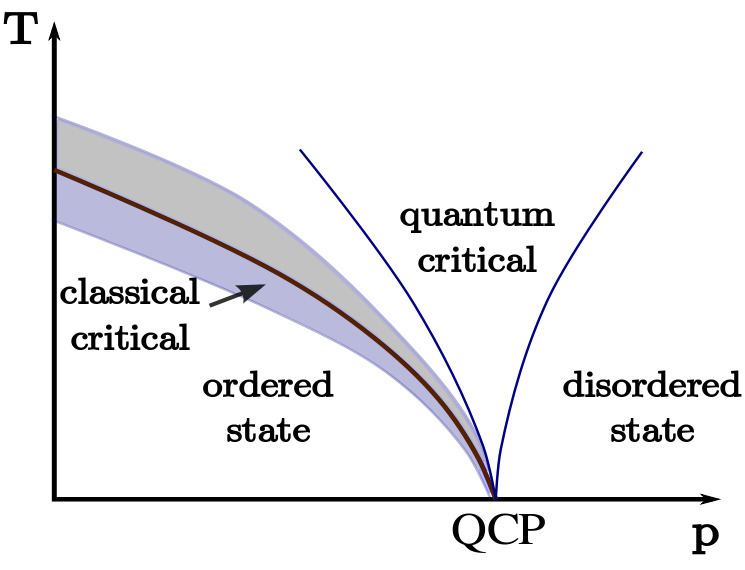 | ||
In non-equilibrium physics, the Keldysh formalism is a general framework for describing the quantum mechanical evolution of a system in a non-equilibrium state, e.g. in the presence of time varying fields (electrical field, magnetic field etc.). Keldysh formalism is named after Leonid Keldysh. It is sometimes called Schwinger-Keldysh formalism, referring to Julian Schwinger. However, many physicists, like Leo Kadanoff, Gordon Baym, O.V. Konstantinov and V. I. Perel, made significant contributions to developing the method that is now called Keldysh formalism.
Contents
To study non-equilibrium systems, one is interested in one-point functions or average values of quantum operators, two-point functions and so on. These quantities are calculated using Keldysh formalism. The main mathematical object in the Keldysh formalism is the non-equilibrium Green's function (NEGF), which is related to the two-point function of operators in the system we are looking at.
Time evolution of a quantum system
Consider a general quantum mechanical system. This system has the Hamiltonian
Let us consider a Hermitian operator
As can be seen, we need to use both the forward time evolution operator
This forward as well as backward time evolution is a characteristic feature of Keldysh formalism.
Equilibrium case
We started with a system in its ground state
<<a=b>>
